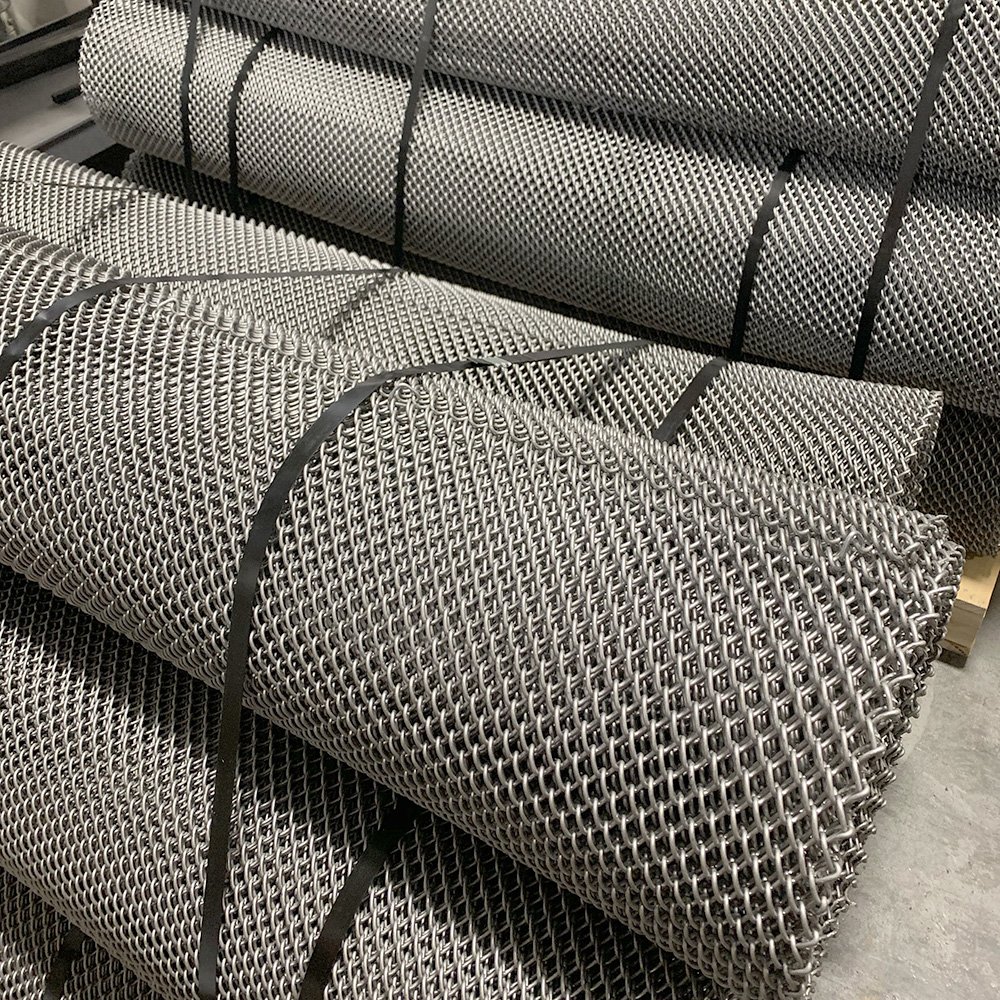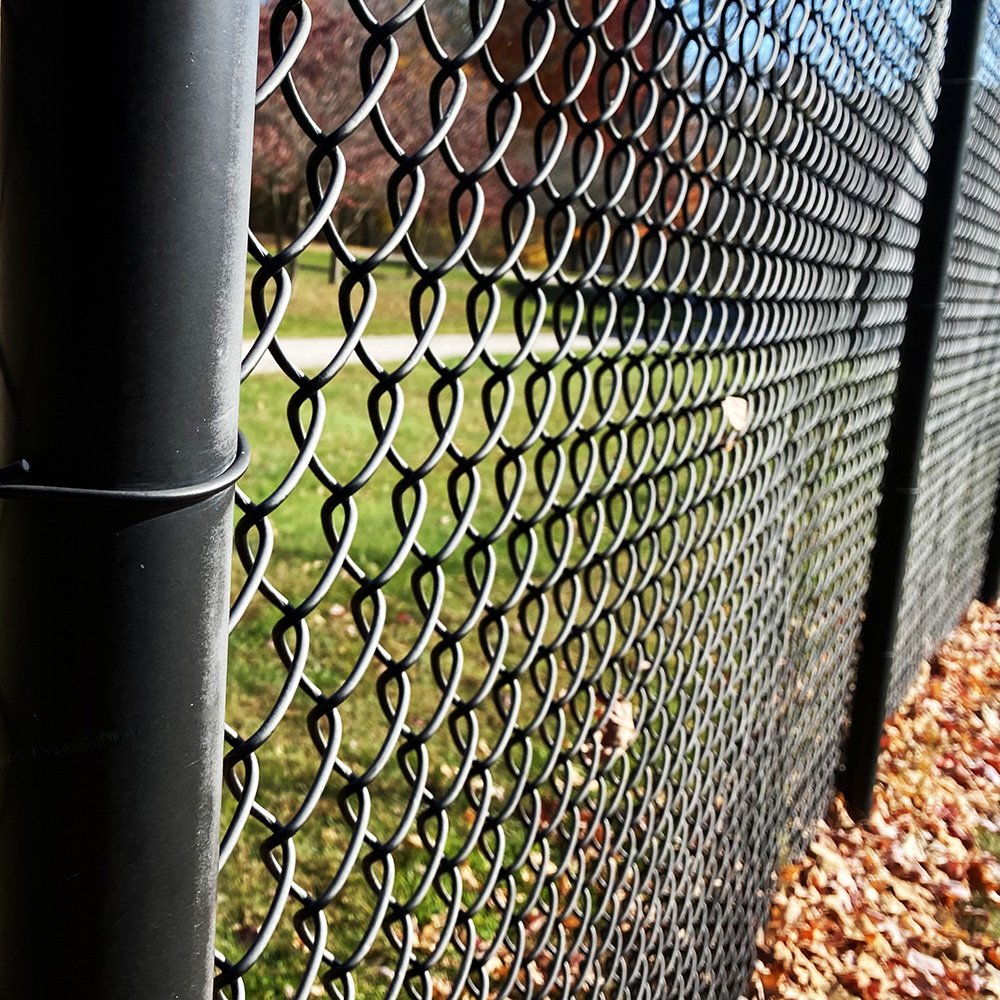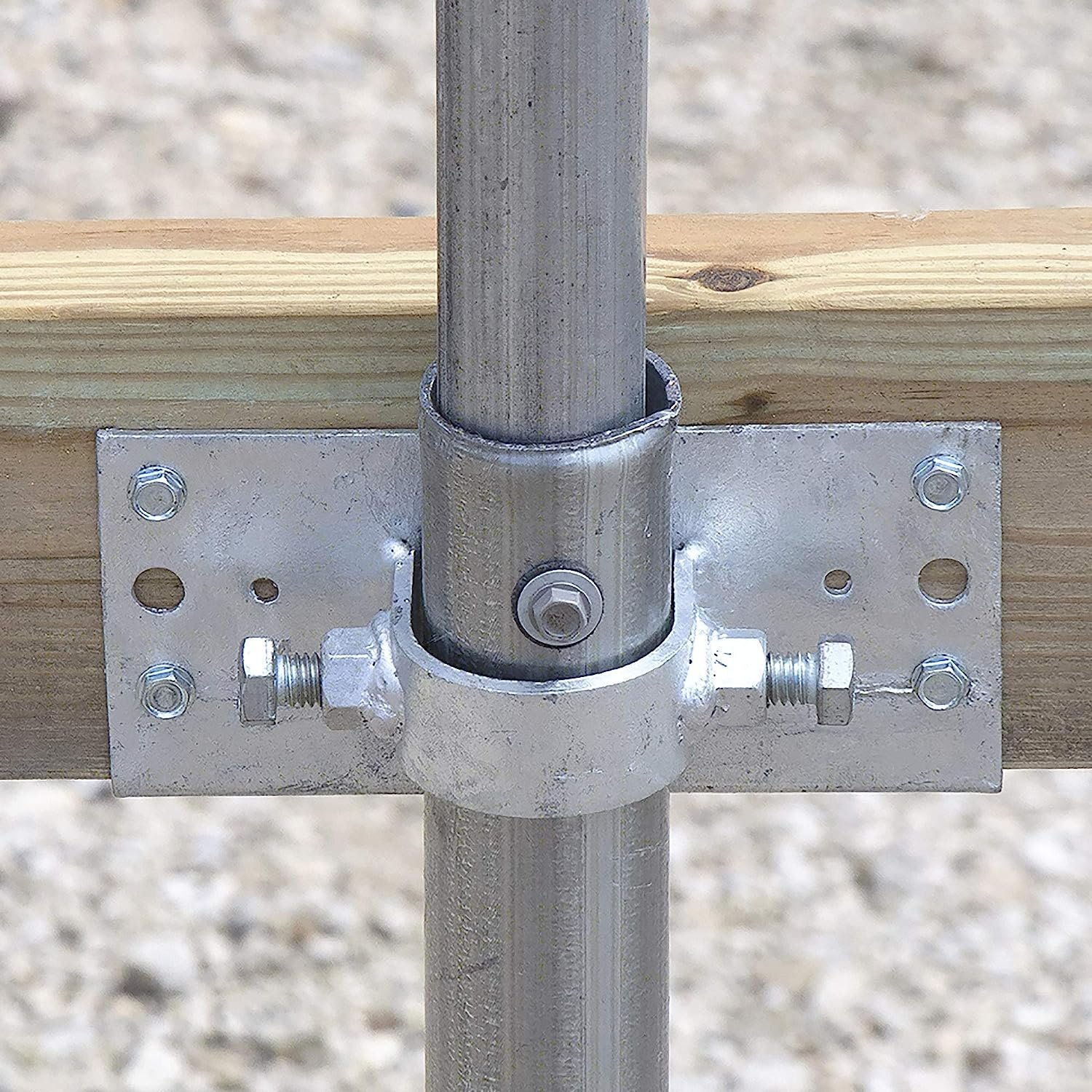What Is Casting And Forging?
Casting, specifically die casting, is the process where molten metal is poured into a mold cavity. The molds are also known as dies. That's where the name "die casting" comes from. A mold (die) cavity is split into 2 parts allowing it to be split open to get the solidified cast out. Casting is not to be mistaken with forging. Forging is a different process altogether. Forging involves changing the shape of the metal using localized compressive forces , while casting changes the shape during liquid form inside a mold. Die casting can be produced at high production rates, reducing manufacturing costs. This process is also excellent at making products within specific tolerances. For making aluminum products, cold chamber die casting is usually used. The main difference between cold chamber and hot chamber casting is that cold chamber requires a separate furnace to melt the metal before it's poured into the injection chamber. Hot chamber casting is usually used for metals with lower melting points so they can be melted in the built-in furnace. The cold chamber die-casting process can be broken up into 5 steps.
Clamping
The first step is called clamping. The dies are all cleaned and lubricated. Most manufacturers use water-based lubricants instead of solvent-based ones. If the water is treated to remove the minerals, it will not leave by-products in the dies. Mineral by-products can cause defects and discontinuities. Once this is done, they are clamped together with very high pressure. One die half is fixed, and the other half is movable. The fixed half is attached to the chamber where the molten aluminum comes from. The molds are usually made of steel or cast iron.
Injection
The next step involves the molten aluminum delivered from a separate central melt furnace into a ladle. The amount of aluminum delivered into the ladle is pre-determined depending on the product being made. The ladle then pours the molten metal into the shot chamber, where it will be injected. Once the aluminum is in the shot chamber, it is forced by high pressure into the die and held there until it solidifies.
Cooling
Going from a liquid to a solid can take anywhere from a few seconds to a few minutes, it depends on the project. This is the third process in cold chamber die casting. During the cooling stage, the die cannot be unclamped. Once the aluminum has solidified and cooled, it is ready to move on to the next step.
Ejection
Once the metal has cooled and solidified, the two die halves can be unclamped. The hydraulic clamping system releases the movable half. When they are unclamped, an ejection mechanism pushes the casting out of the mold. The final product can now be resembled, but there is still one last critical step.
Trimming
While the metal is cooling, excess metal is trimmed off the sides to form its final shape. Trimming also includes deburring and sometimes polishing. Deburring involves cutting the burr marks that were made when the machine ejected the cast. The trimmed material off the cast can be recycled and reused on the next product.
Benefits Of Die Casting
- Versatility: It can be used with metals like aluminum, zinc, and magnesium.
- Complex Shapes: It's a simple process, but with the help of molds, it can create products with tight tolerances.
- High Production: Casting is fast and can generate very high production rates.
- Cost-Efficient: Reusing dies and trimmed metal offers a cost advantage compared to other methods.
Forging
Forging, just like casting, has been around for a long time and is still used for many applications. Depending on the end product, manufacturers will use forging over casting if they want a stronger product than an equivalent cast or machined part. The forged product is stronger because of the compression forces that are used on the metal. Compression is usually achieved with a hammer powered by compressed air, hydraulics, or electricity. These forces change the metal's internal grain structure, allowing it to achieve improved strength. Many different metals are used in forging, but two major ones can be talked about: Aluminum and Steel.
Aluminum
Forging aluminum is an excellent option when high strength but low weight is needed. Forged aluminum has the tensile strength of medium-strength steel while providing significant weight advantages. Aluminum-forged parts are mainly used in the automotive and aerospace industries. Aluminum forging is performed at a temperature range between 662-1022℉ (350-550℃). Temperatures outside of this range lead to inconsistencies in the product. Since the forging temperature window is so narrow, having a homogeneous temperature distribution in the workplace is critical.
Steel
Using forged steel is usually when super high strength, hardness, and durability are the number one priority. There are three main types of forged steel: Hot Forging, Warm Forging, and Cold Forging. They are dependent on the temperature used during the process. Hot Forging is above steel's recrystallization temperature between 1742-2282℉ (950-1250℃). This allows good formability and constant tensile strength of the workpieces. Warm Forging, or hardened steel forging, happens at temperatures between 1382-1742℉ (750-950℃). Higher forming forces are needed compared to hot forging, but narrower tolerances are easier to achieve. Cold Forging is done at room temperature. The steel can self-heat up to 300℉ (150℃). Cold forging allows the narrowest tolerances to be achieved. Higher forming forces are needed, but this also increases strength due to the changing internal grain structure.
Metal casting has been around for almost 7,000 years and is still used in a wide variety of products ranging from fence parts engines, electrical components, and many more. Forging as been around even longer. It's also used in fence parts, automotive parts, and more. We offer many high-quality fence parts that result from casting and forging. Please call or email us today if you have any questions. Our sales representatives are happy to help!
Contact Us Now
Read Other Articles
- Cold-Rolling And Hot-Rolling Steel Pipe
- A Complete Guide To Chain Link Fence
- Wholesale Chain Link Fence Fittings




